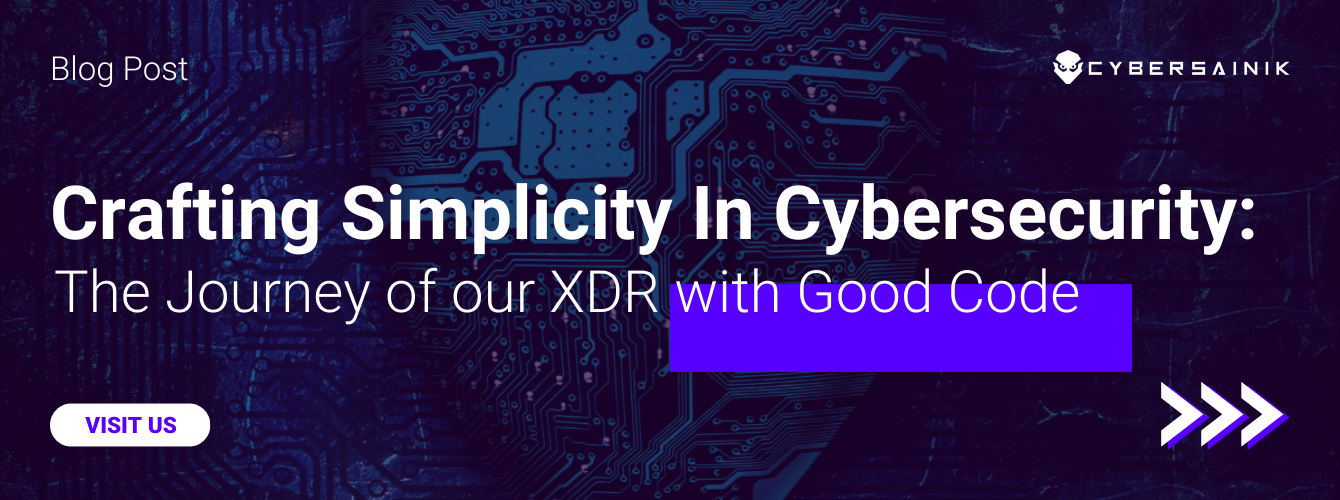Security information and event management (SIEM) is an increasingly popular security solution designed to address the needs of an organization’s security architecture. organizations are finding that they need to gather, analyze, warn and respond to threats in real time.
According to the 2020 State of SecOps and Automation, nearly all organizations (99%) reported that alert volume is creating problems for the IT security team, and 93% are unable to address all alerts on the same day. SIEM collects data from network devices, servers, and endpoints (laptops and desktops), stores and aggregates that data and analyzes it to find network trends. It’s a cybersecurity solution that gives your corporation the ability to investigate alerts, detect threats and ensure that your network is running safely and sound.
Top 5 capabilities of SIEM Technology
1. Log management
- When it comes to logging and the collection of data, security information and event management software is capable of collecting data and logs from all security devices, and IT infrastructure.
This includes:
- Network devices (firewalls)
- intrusion prevention systems
- Endpoint protection software (antivirus software)
- Applications (email servers, web browsers
No capability defines security information and event management quite like log management. Every month, each device, application, server, and user generates terabytes of data. As your network grows or you adopt cloud computing, collecting and reporting on all of this data can become a serious challenge. Data may be in a variety of formats, making analysis difficult. Without a doubt, analyzing your logs is an important part of your organization’s cybersecurity. SIEM may operate in disparate parts of your network, and without security event correlation, your organization may fail to detect a breach until it is too late. This is where SIEM steps in, It centralizes log collection to ensure more complete visibility over your network and more accurate logs.
2. Threat detection and response
As SIEM solutions have evolved, they have gained the ability to initiate the incident response. Security teams can now detect and respond to incidents in a timely manner. This is because an SIEM solution can send alerts and initiate automated responses that are based on the analysis of log data. For example, if your organization detects suspicious activity in its network, your security team will be notified via email or SMS message about the event so that it can respond accordingly. Additionally, SIEM solutions give you visibility into what type of issues are impacting your organization so that you can take action before they become bigger problems
3. Dashboards and visualizations
Dashboards and visualizations are some of the most common features you see in an SIEM. Dashboards provide a view of all the security events that have occurred for a particular period (in minutes). Visualizations provide a summary of the events on a particular trend throughout the day, week, or month. It Creates visualizations to allow staff to review event data, see patterns and identify activity that does not conform to standard patterns.
4. Automation and orchestration
Automation in SIEM is the art of using scripts and various programs to improve the overall performance of an environment. It is based on scripting, program automation and orchestration that makes processes flow along smoothly without human interaction. Automation and orchestration are the most important changes in the workflow of how an SIEM team can implement. The use of scripts or automation tools will help strengthen the security posture of your organization. These tools improve efficiency and effectiveness while reducing risk, significantly lowering costs and enabling IT teams to move faster with agility.
5. Compliance and reporting
By way of consolidated asset management that includes on-site and cloud-based infrastructures, SIEM solutions are capable of determining all entities within an IT environment. In consequence, the technology can monitor for incidents across the attack surface and signal to security teams anomalous behavior as it is detected. Using tailored and automated processes, SIEM technology can then alert defenders immediately, and as needed, to take action and mitigate the threat before it poses a bigger risk.
Overall Benefits of SIEM
With all of these critical capabilities come a few overall benefits to acquiring top-tier SIEM solutions. Designed to improve your organization’s cybersecurity standing overall, these benefits include:
- Efficient and effective Security Operations (SecOps)
- Quicker and more accurate threat detection and alarms
- improved security data
- Increased visibility into the network
SIEM Solutions in Denver, CO
The need for an SIEM is becoming ever more important. Your organization needs SIEM solutions to protect your environment from threats that are rapidly evolving. From log management to compliance and reporting, SIEM provides your enterprise with the tools it needs to manage digital parameters and keep threats out of your network. We aim to help businesses manage all the intricacies of their security operations using an integrated and holistic approach via our Managed Security Services and Security as a Service programs that include everything from SIEM services, laptop security, vulnerability management, assessments and so much more. Contact our team in Denver, CO to begin improving your enterprise’s security today.




